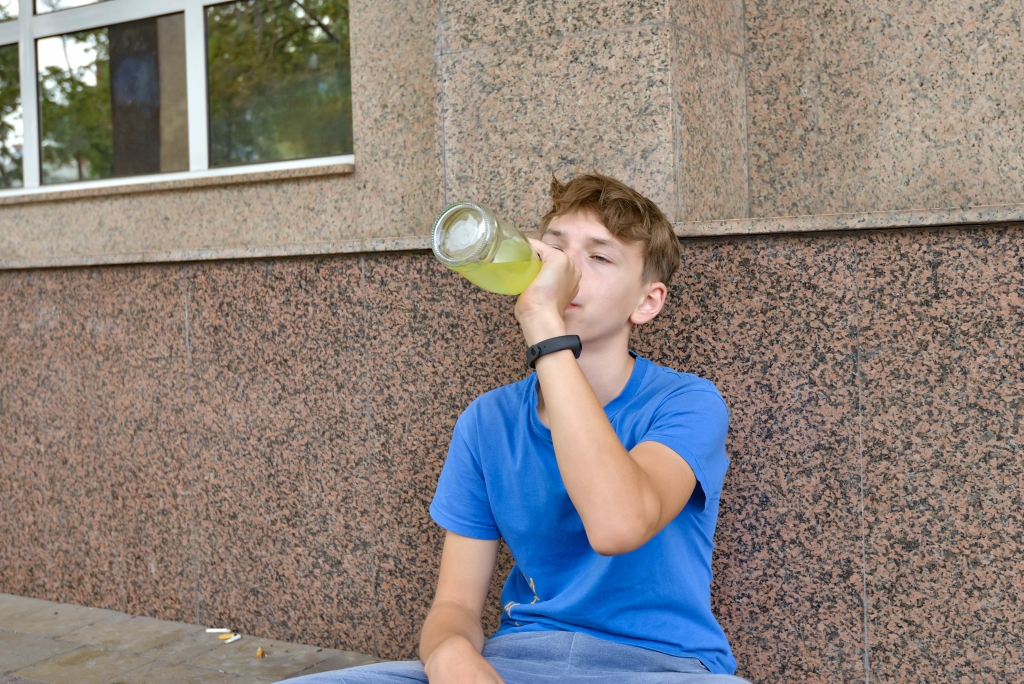Using alcohol during adolescence (from preteens to mid-20s) may affect brain development, making it more likely that they will be diagnosed marijuana addiction with AUD later in life. However, most people with AUD—no matter their age or the severity of their alcohol problems—can benefit from treatment with behavioral health therapies, medications, or both. As individuals continue to drink alcohol over time, progressive changes may occur in the structure and function of their brains. These changes can compromise brain function and drive the transition from controlled, occasional use to chronic misuse, which can be difficult to control. The changes can endure long after a person stops consuming alcohol, and can contribute to relapse in drinking. There are people who don’t have an addiction yet, but they are a problem drinker.
Alcoholism and the Family
- Genetics can predispose individuals to alcohol dependence, making them more susceptible to the lure of excessive drinking.
- Excessive social drinking can lead to problem drinking and, if more severe and sustained, to alcoholism.
- Knowing the signs early can help prevent long-term harm and encourage seeking support.
Alcoholism doesn’t just affect the individual; its impact often reverberates through entire families, creating emotional, financial, and relational challenges. The Reframe app equips you with the knowledge and skills you need to not only survive drinking less, but to thrive while you navigate the journey. Our daily research-backed readings teach you the neuroscience of alcohol, and our in-app Toolkit provides the resources and activities you need to navigate each challenge. In some people, the initial reaction may feel like an increase in energy. But as you continue to drink, you become drowsy and have less control over your actions. Additional complications may include grand mal seizures, heart attacks, and strokes.
Greater Boston Outpatient Rehab Center
Using dialectical behavioral therapy to treat addiction is very popular and successful. There are some signs of being in denial about alcoholism that you can look for in yourself or others who are in your life. Social drinking refers to having one or two drinks in a public setting such as a family event, business meeting, or large-scale festival. An example would be having one or two glasses of wine at a friend or family member’s wedding.
- We do everything in our power to help you succeed in breaking the cycle of addiction, and know that with the right kind of help, everyone is capable of healing.
- Socially, alcoholism may be tied to family dysfunction or a culture of drinking.
- The relationship between alcohol brand receptivity and alcohol brand consumption also has been linked to whether and when adolescents begin to binge drink (Morgenstern et al. 2014).
- Binge drinkers can often function normally in their day-to-day lives, but it’s a dangerous habit.
- Another effective policy has been the implementation of sobriety checkpoints, which have consistently shown an approximate 20% reduction in alcohol-related car crashes.
- Seeking professional help is essential when these signs become apparent.
Ask me about recovery, I can help you!

It’s crucial to seek professional help, such as addiction therapy, to address these psychological impacts effectively. Genetics can social drinking problem predispose individuals to alcohol dependence, making them more susceptible to the lure of excessive drinking. Observing family behavior around alcohol can provide insights into potential risk factors for alcoholism.

Risk factors
Although traditionally perceived as a “masculine” behavior, binge drinking is now more acceptable among women in certain cultures that foster more balanced gender roles (Lyons and Willott 2008). Some alcohol researchers have used multilevel approaches to distinguish among the causal effects of individual and neighborhood-level norms. If https://ecosoberhouse.com/ an individual lived in a neighborhood that frowns on binge drinking, that individual was less likely to drink, even if he or she believed it acceptable to do so.
Binge Drinking in Social Settings

Unlike heavy drinking or alcoholism, social drinking is characterized by moderation and control, often enhancing the enjoyment of social gatherings while adhering to personal or cultural boundaries. Experts define social drinking by its lack of negative consequences and its place within a balanced lifestyle. Over time, excessive drinking can damage the liver, cause heart and brain damage, and lead to mental health issues such as depression, anxiety, and suicide. Alcoholism can also have drastic consequences on a person’s relationships with family and friends. It can strain connections with people that the person cares about, leading them to withdraw from those they are closest to.
What Happens During Treatment?
Another benefit of treatment is that it can help individuals address any underlying mental health issues contributing to their alcohol use disorder. For example, anxiety, depression, and trauma are all common mental health conditions that can lead to problematic drinking. By working with a trained therapist or counselor, individuals can learn how to manage these conditions healthily and reduce their reliance on alcohol as a coping mechanism. One of the critical factors that contribute to cultural alcoholism is the societal pressure to drink excessively or frequently as a way to fit in or conform to social norms. This pressure can come from various sources, including peers, family members, or the media. Many cultures have a strong association between alcohol and socializing, making it difficult for individuals to abstain or limit their drinking without feeling ostracized or judged.
